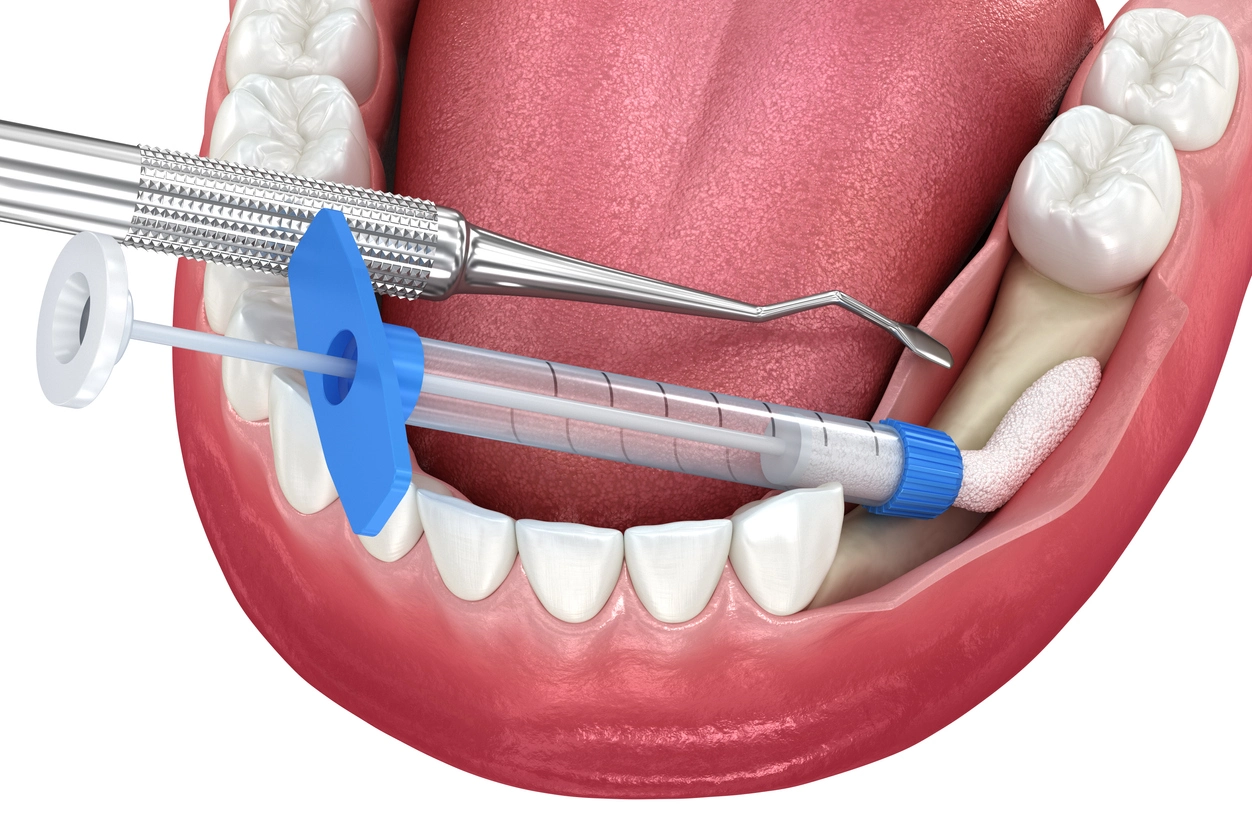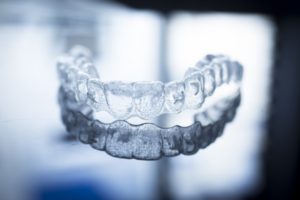Managing the Pain Associated with Dental Implants
Pain associated with this procedure is most acute during the first 3 to 5 days following surgery. After that, it should begin to resolve. If not, you may need to contact your dentist to determine if you are experiencing complications. Here’s how to manage pain following the surgery:
Immediately After Surgery
The day of and the first few days after surgery, you should:
- Avoid spitting or using a straw to drink
- Take all medications (antibiotics and/or pain medications) as prescribed
- Apply ice packs 20 minutes on/20 minutes off on the cheek near the surgical site for the first 48 hours
- After 48 hours, switch to using a warm compress three times daily
- Rinse with a warm saltwater solution several times daily to soothe the area and facilitate healing
Additional Tips for After the Surgery
In addition to the above pain management tips, there are a few other things you can do to ensure the healing process goes smoothly:
Stay hydrated- drink lots of water. Avoid coffee, soda, tea, etc for the first few days. After a few days, you can start adding these things back, but stick mostly to water during the healing process.
Your mouth will be sore, so it’s important to stick to soft, cool foods for at least a few days following surgery. After that, you can begin to transition to a fairly normal diet- but avoid foods that are overly hard, crunchy, or tough until osseointegration has occurred.
While you can resume your normal activities within a few days, it’s important to avoid any overly strenuous activities- including heavy lifting- for at least a week. Strenuous activities can increase your blood pressure, which can cause complications with the surgical site.
If you have any questions or concerns about dental implants, feel free to contact your dentist. They will be able to guide you through the process and help you understand all you need to know.





